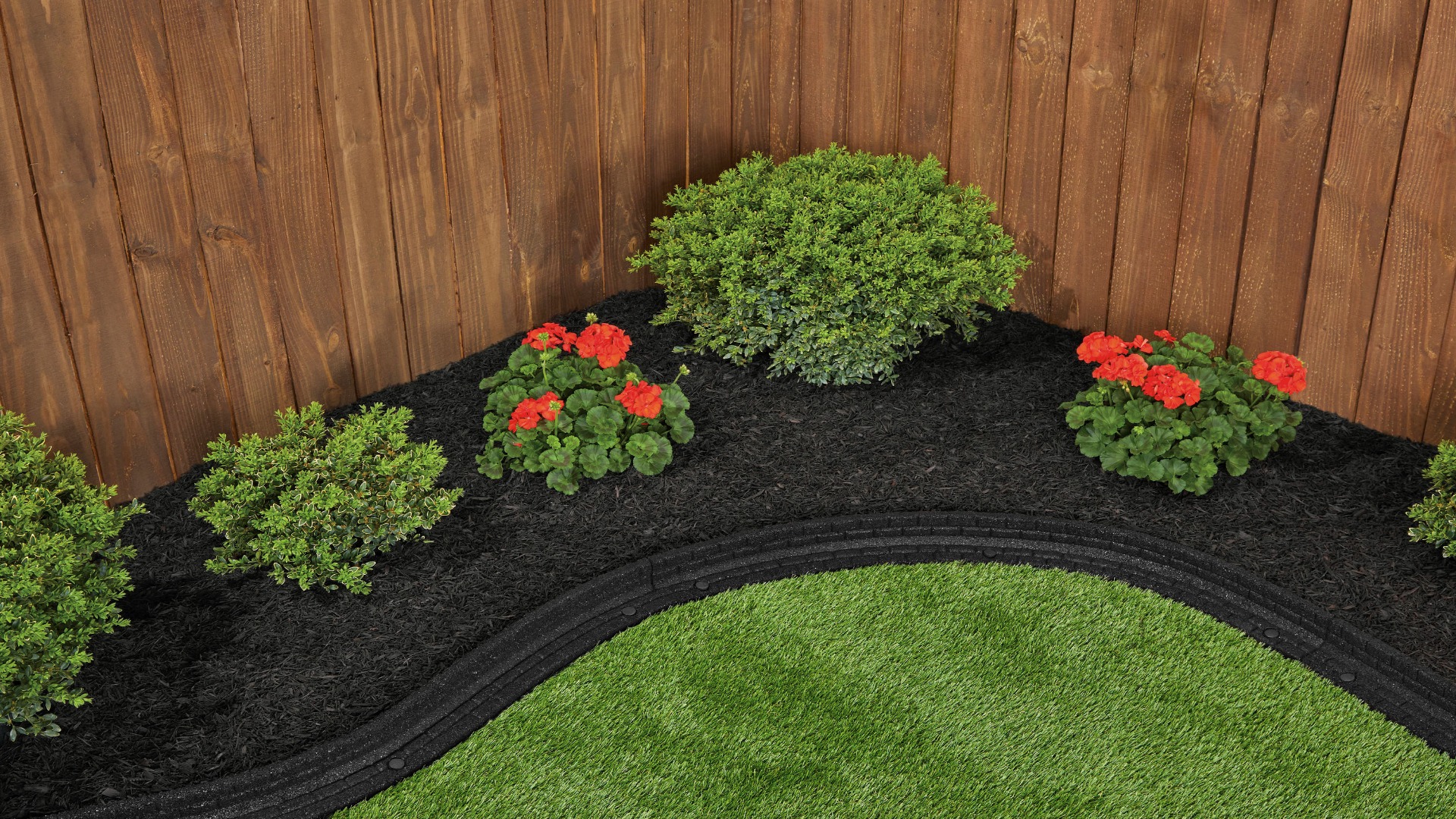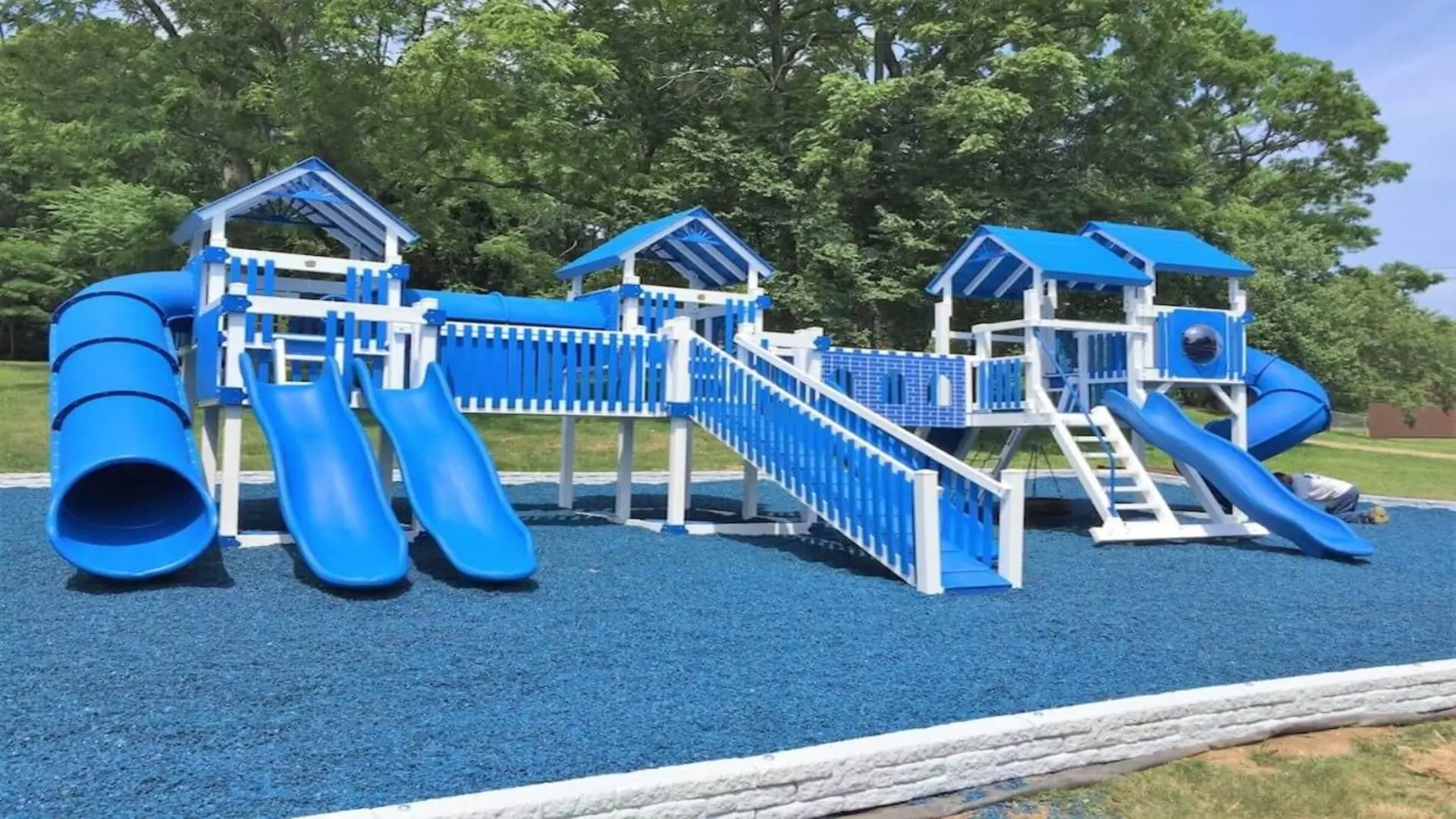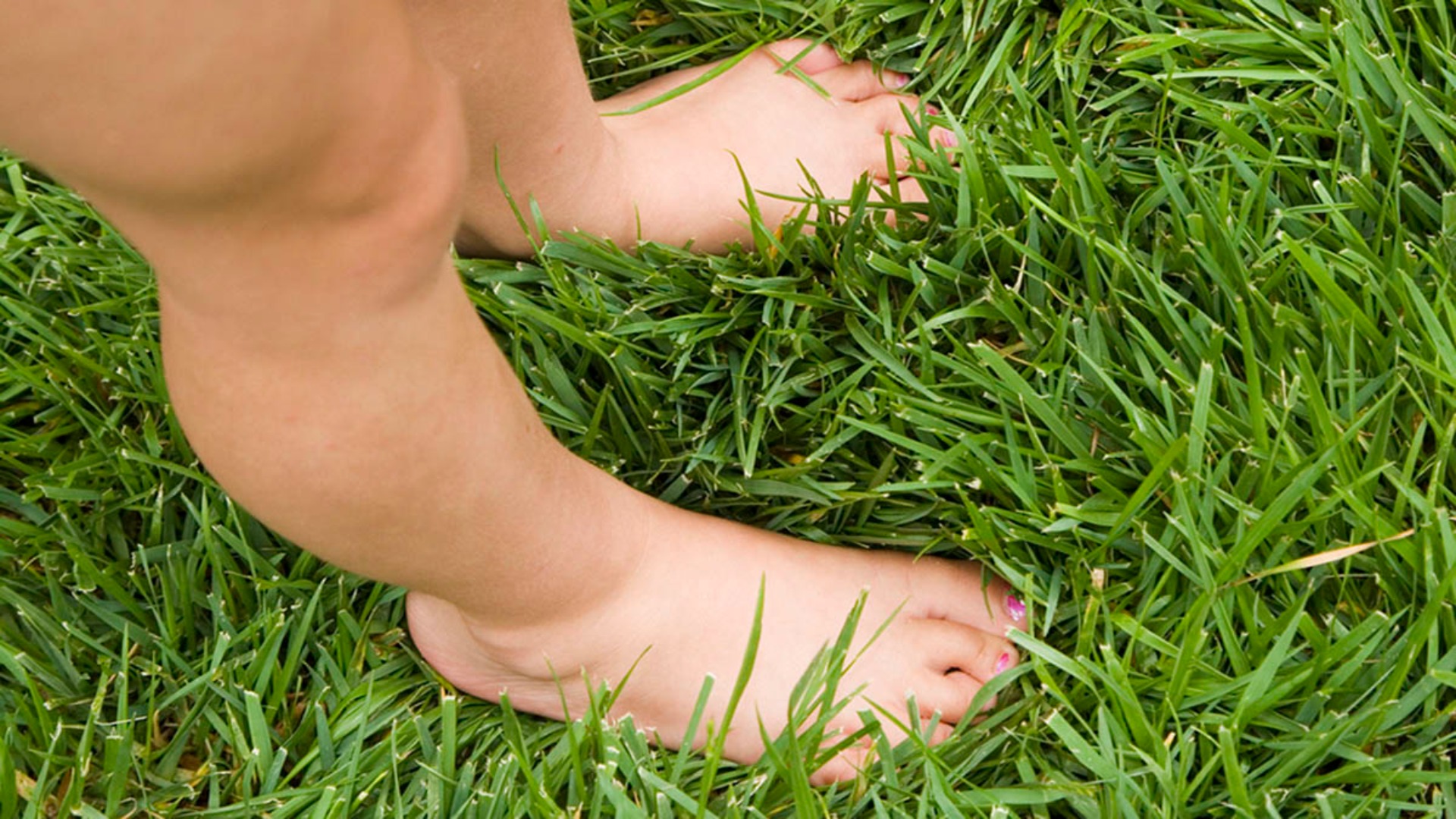Playground safety is a top priority for any daycare or preschool. The surfacing material used on playgrounds can impact children’s play experience and their health and safety. Loose fill surfaces like rubber mulch pros and wood chips offer natural surface options, while artificial turf provides a durable recycled rubber surfacing solution.
This blog post compares three common surface materials – rubber mulch pros, wood chips, and artificial turf – to help daycare administrators and owners determine the safest playground surface option for their unique needs and budget. Each material has benefits and drawbacks regarding wear and tear, cushioning abilities, drainage, upkeep requirements, and overall cost.
While artificial turf may seem the most durable recycled rubber surfacing solution requiring very little maintenance, rubber mulch pros and wood chips have pros and cons as loose fill surfaces, as well, from a sustainability and toxicity standpoint. The following sections will describe the key factors surrounding each natural surface material.
Rubber Mulch Playground Surfaces

Rubber mulch is a popular playground surfacing material. It provides an affordable and resilient cushioning option. Derived from recycled tyres, rubber mulch comes in cylindrical pebbles or nuggets and is often coloured brightly for visual appeal. Its cushioning properties help protect children from falls.
Pros of Rubber Mulch
- Made from recycled tyres, it has sustainability benefits over new materials.
- Provides effective impact absorption to reduce injuries from falls. Studies show it can cushion falls from heights up to 16 feet.
- A porous surface allows for drainage and prevents the pooling of standing water.
- It is low maintenance and does not require replenishing often like wood chips.
Cons of Rubber Mulch
- Concerns have been raised over the potential leaching of toxic chemicals from tyres, especially in scorching weather. However, most experts agree that the risks are low.
- The surface can get very hot when exposed to the sun, so it may not be comfortable for playing on bare feet on hot days.
- Potential inhalation risks if degraded mulch generates dust; however, most brands are considered low risk.
- It’s a more expensive upgrade than wood chips or shredded bark.
Wood Chip Playground Surfaces

Wood chips are a common and affordable surfacing material found at many parks and daycare playgrounds. Wood chips are derived from shredded trees and provide a natural aesthetic and good cushioning properties for fall absorption.
Pros of Wood Chips
- Inexpensive initial cost and material, as they are essentially a byproduct of lumber production.
- Some appreciate the pleasant woodsy smell and appearance.
- Permeable and allows for drainage. Does not pool water.
- There is a low risk of thermal issues even in sunny areas.
Cons of Wood Chips
- They need regular topping up and replenishment as they compact over time from use. This adds to maintenance costs.
- Potential microbe and mould growth issues if not kept dry underneath. Proper drainage is critical.
- Slivers or splinters are possible if long strands of bark remain, especially for younger children.
- Less effective fall absorption than rubberised surfaces. It may not meet current safety standards.
- It is messier than rubber due to loose particles. It can track indoors and stain light clothes.
Artificial Turf Playground Surfaces
Artificial turf is a synthetic grass option that aims to mimic the look and feel of natural grass. Made of synthetic fibres tufted into a backing, artificial turf provides an almost maintenance-free surface for high-traffic playground areas. However, there are environmental and health tradeoffs to consider.
Pros of Artificial Turf
- Durable and resilient surface that does not compact over time. It can withstand heavy use.
- No watering or mowing is required, like natural grass, saving water and labour costs.
- Allows for use in all weather conditions, not just dry times.
- Easy to keep clean and does not stain clothing.
Cons of Artificial Turf
- Initial material and installation costs are high compared to other options.
- Concerns have been raised over toxic chemicals like heavy metals, rubber, and plastics used in its composition.
- Lack of drainage means higher heat absorption, potentially making the surface hot on sunny days.
- Less forgiving than other materials if falls occur. It may not meet current safety standards.
- Some perceive them negatively as less natural than other options for a child’s play space.
Comparing Features
Some clear tradeoffs exist when comparing the critical features of rubber mulch, wood chips, and artificial turf. Rubber mulch provides extremely effective impact absorption and cushioning for falls from heights around play structures but may retain more heat from the sun than wood chips, requiring careful consideration.
However, wood chips provide less padding for falls. Both rubber mulch and wood chips allow for drainage, while artificial turf can more easily pool water if not installed with perforations for runoff. Artificial turf is more durable than the other options in terms of withstanding traffic, weather, and compaction but has higher upfront initial costs.

Maintenance requirements also vary. Once installed, artificial turf is non-maintenance, but rubber mulch and wood chips need occasional infill. Wheelchair accessibility and mobility devices should also be evaluated, as artificial turf provides an ideal surface.
Each material’s sustainability and toxicity profiles should also be thoroughly researched, as they each have pros and cons to consider from environmental and health standpoints. Assessing needs, budgets, priorities, and initial costs will help determine which surface material best fits each unique daycare playground.
Choosing the Best Surface for Your Daycare
There is no best choice when selecting a playground surface material—it depends on each daycare’s priorities and needs. Rubber mulch, wood chips, and artificial turf each provide different benefits and tradeoffs regarding cost, safety, maintenance, and the environment.
The key is to evaluate all the factors discussed in this blog post and decide the most suitable based on budget, existing play area features, and philosophy of care. Aaron’s Outdoor is committed to helping childcare centres make informed choices with comprehensive guidance on specifications, installations, and supplies.
Whether you need rubber mulch delivered, new wood chips installed or an artificial turf upgrade, contact our team today to discuss ground surfacing options that best enhance safety, accessibility and enjoyment for your students at play.






